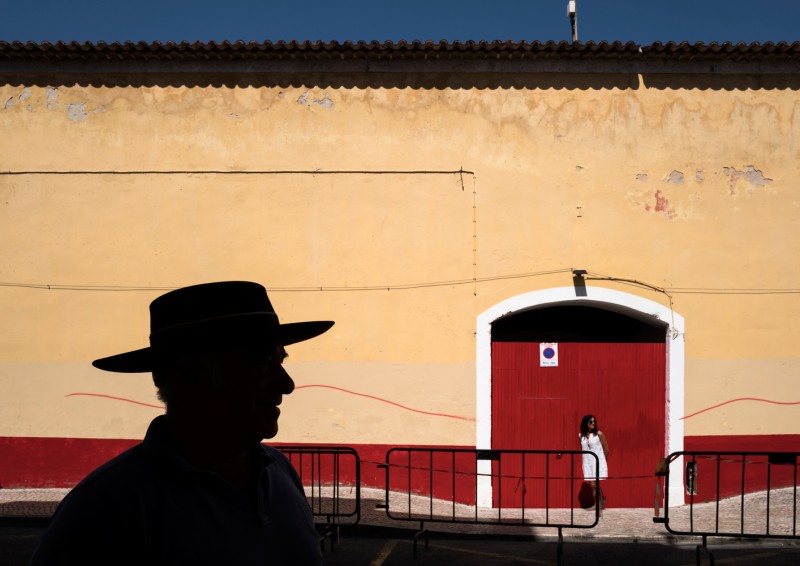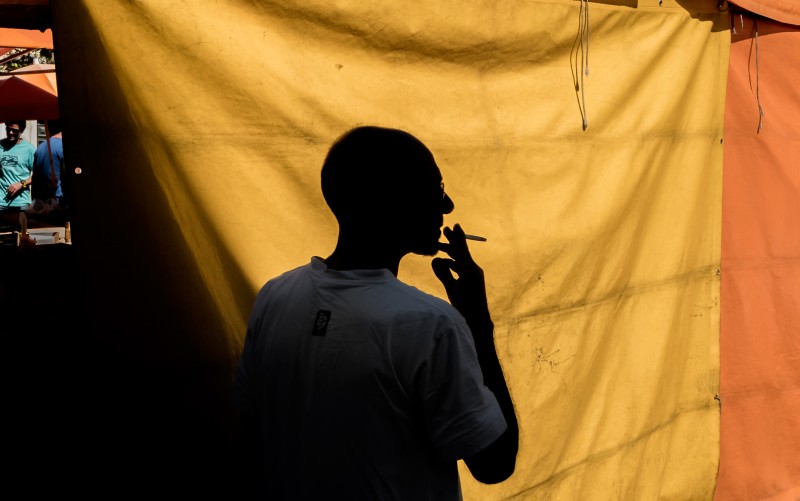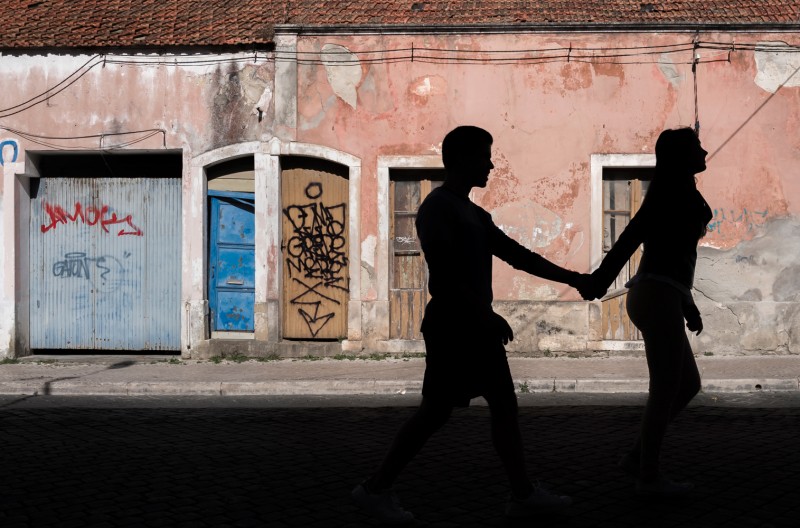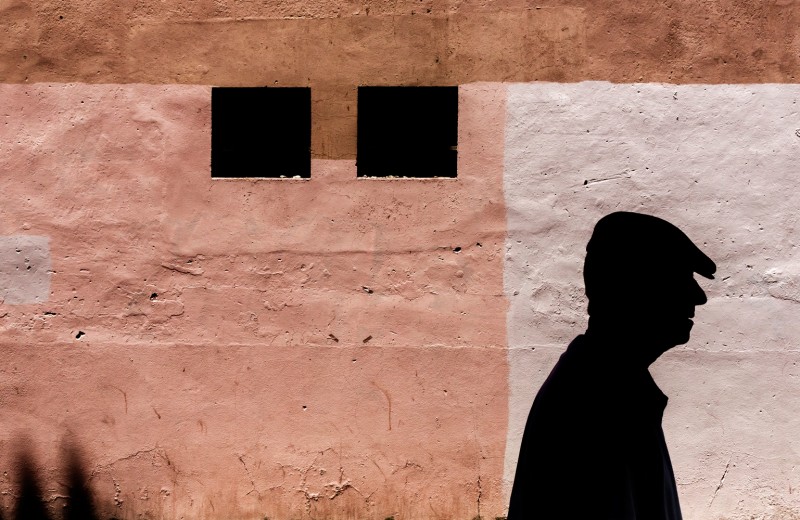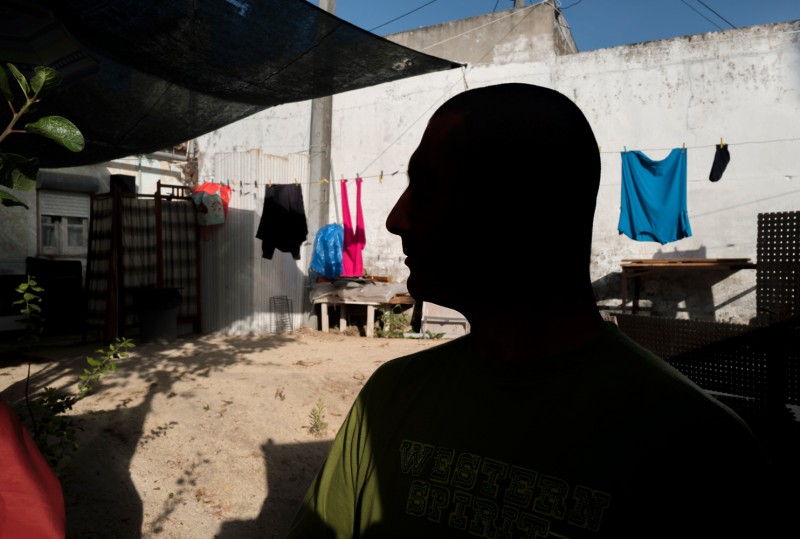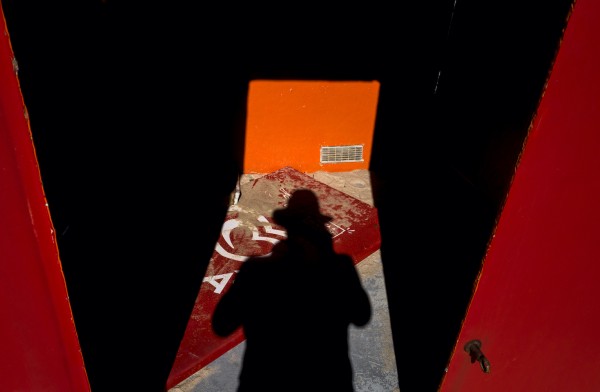Colour Work
Colour Work
Vasco Trancoso
November 30, 2016
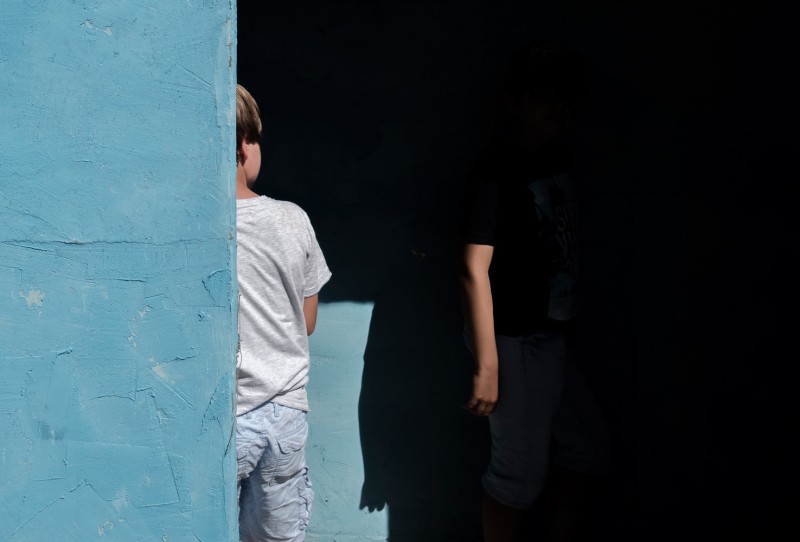
What idea lies behind your project?
After initially working on contemplative, landscape images, I decided at the end of 2014 to take photographs in the streets. It was a decisive moment. I found that taking time to photograph the streets brought me back in touch with people instead of things. When I’m facing others, I’m also facing myself. After all, to photograph is to also learn about others and about myself.
Where were your pictures taken?
Almost all the images were taken in Caldas da Rainha – which is now my home town. To photograph in the streets of a small town is a real challenge. Extraordinary situations are rarer than in big cities. Predictability and routines are higher. I try to overcome these difficulties with imagination and by always carrying my camera with me. I don’t feel the need to travel to take nice pictures.
Your series is titled Colour Work, but in your pictures you work with a lot of black surfaces. Why?
In 2014 and 2015 I photographed 90% in black and white; but in 2016 I photographed 90% in colour. In my interpretation of the street carnival, colour is the real protagonist – avoiding a merely illustrative role. In the geometry of colour blocks I like to enhance compositions with dark silhouettes and deep shadows transforming the image into an almost abstract "patchwork" - upgrading composition above just description. Shadows and silhouettes can act almost like a “negative space” for colour. The great painter Pierre-Auguste Renoir once said, “I’ve been 40 years discovering that the queen of all colours is black.”
Vasco Trancoso+-
Vasco Trancoso was born in Lisbon in 1944, and has lived in Caldas da Rainha, Portugal, since 1983. After retiring, the gastroenterologist has turned, once again, to his old hobby of photography. “On the streets, I am happy to discover daily miracles that arise as fragments of a parallel dimension, where the ordinary and banal can be extraordinary.” More

